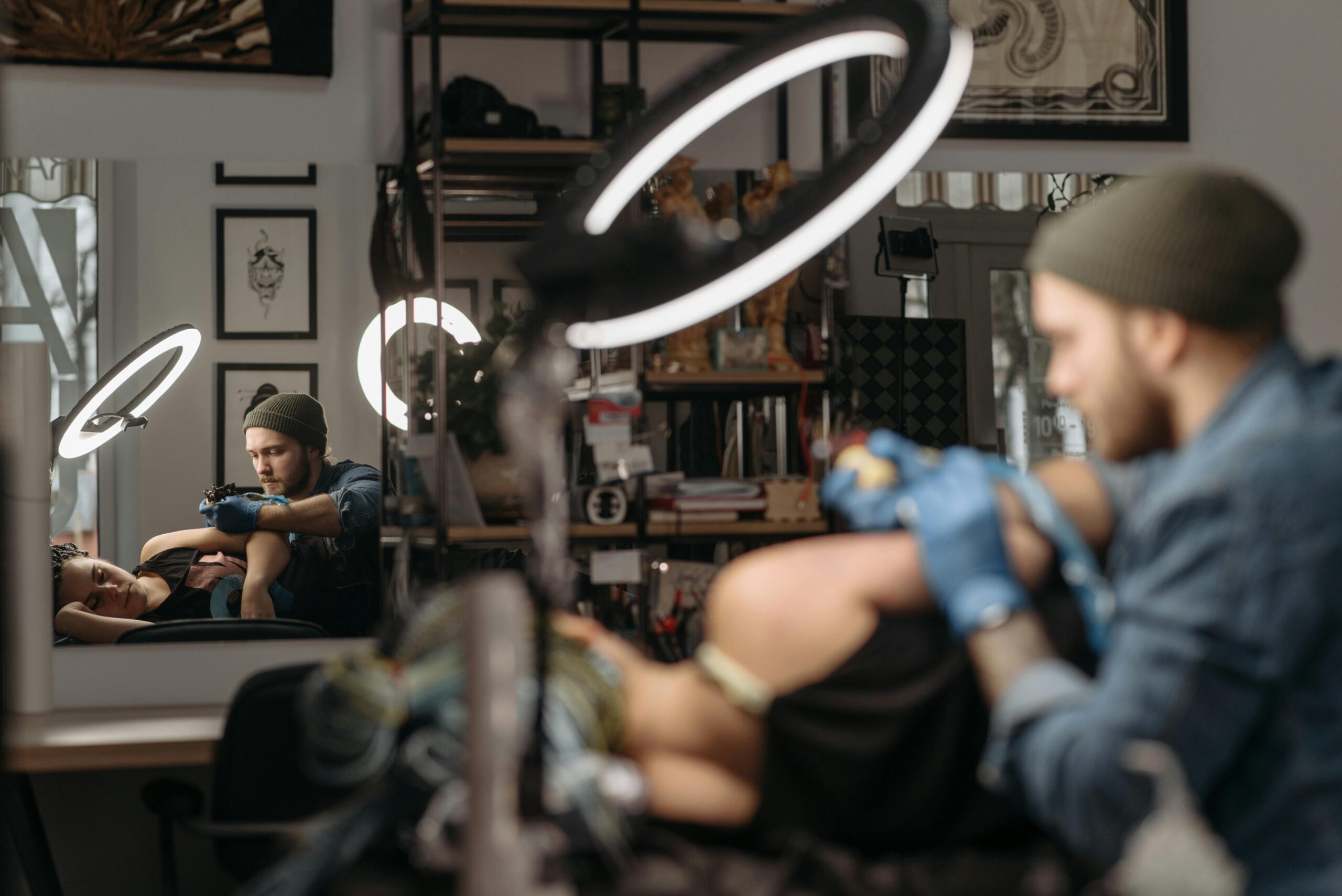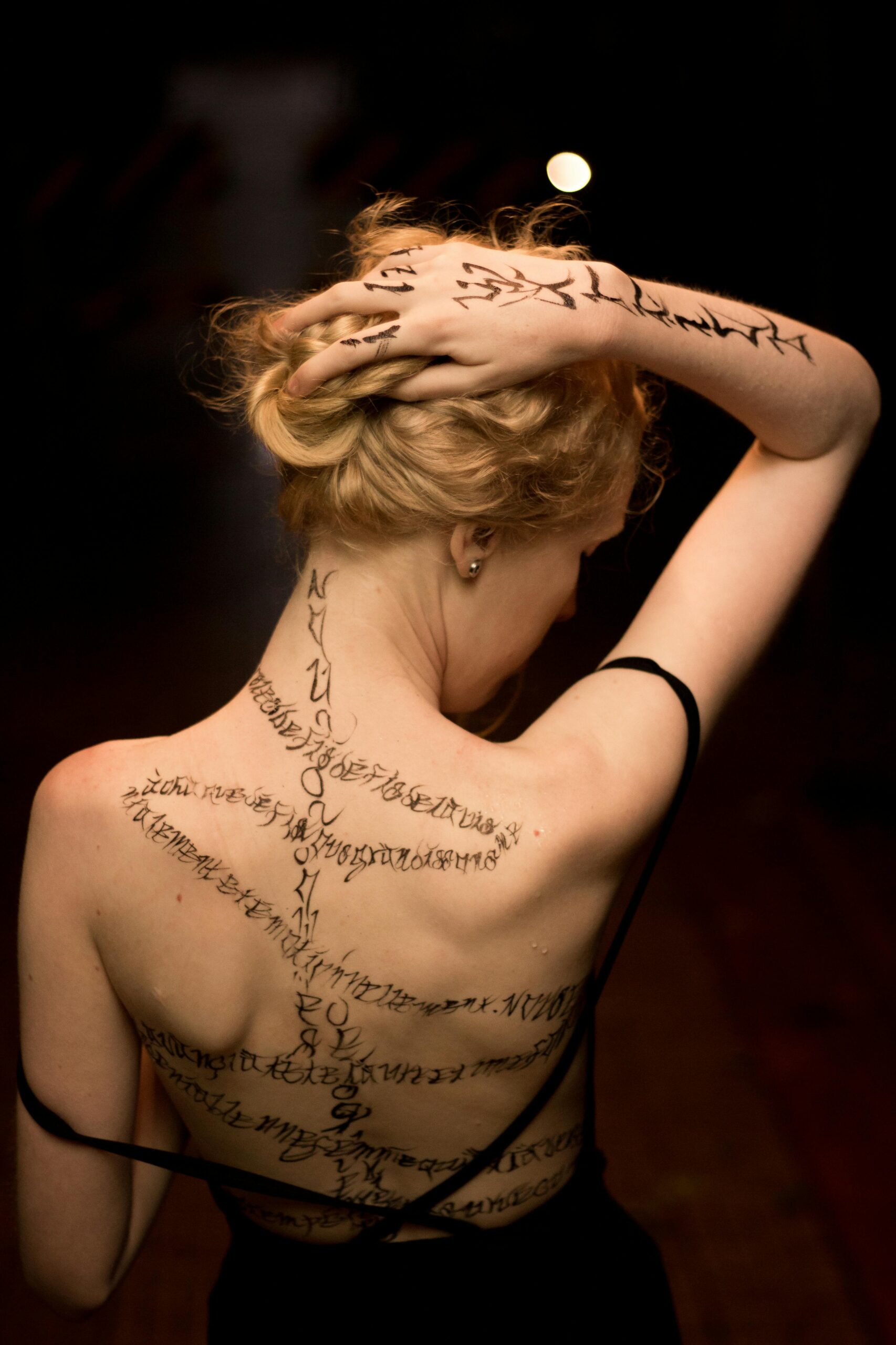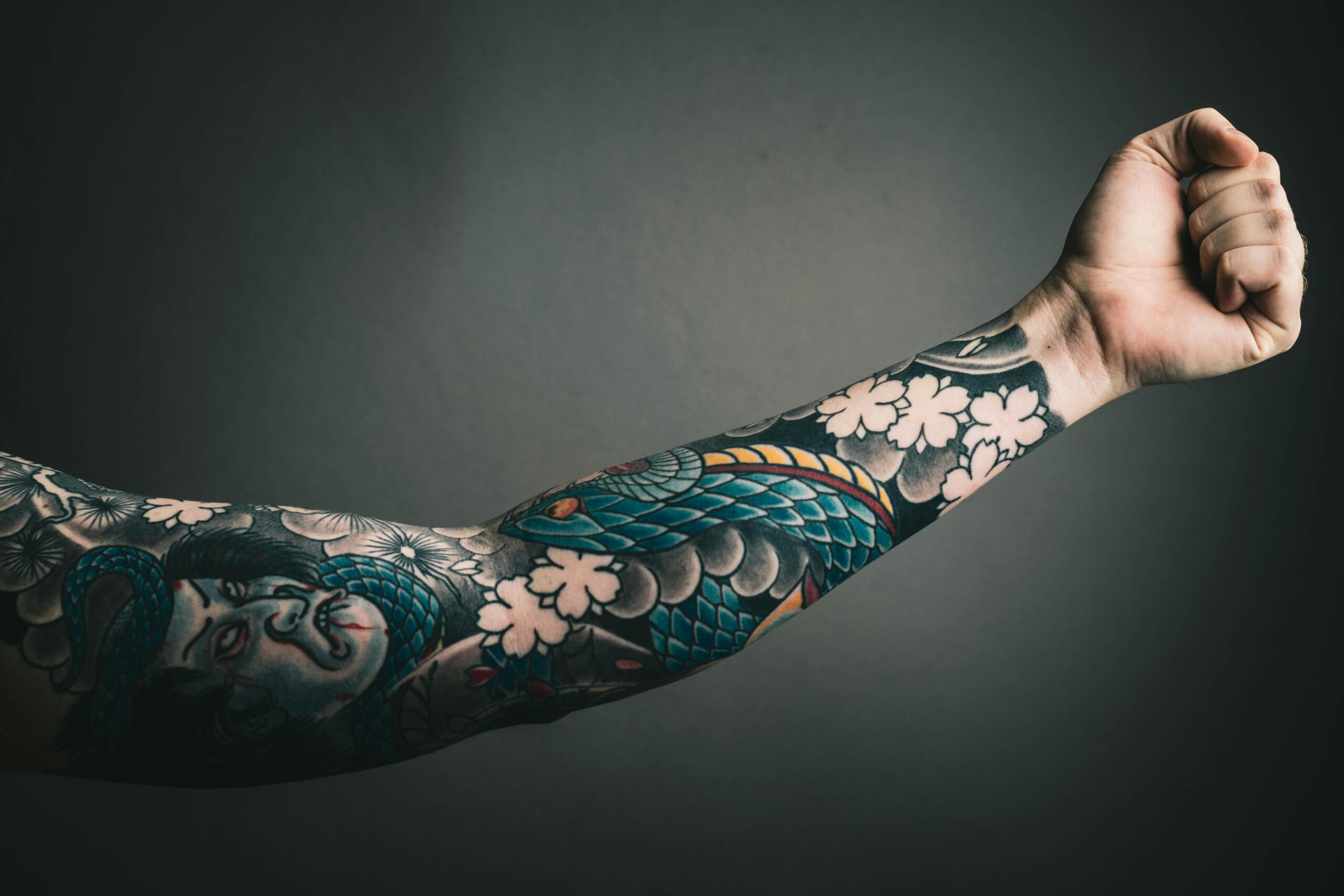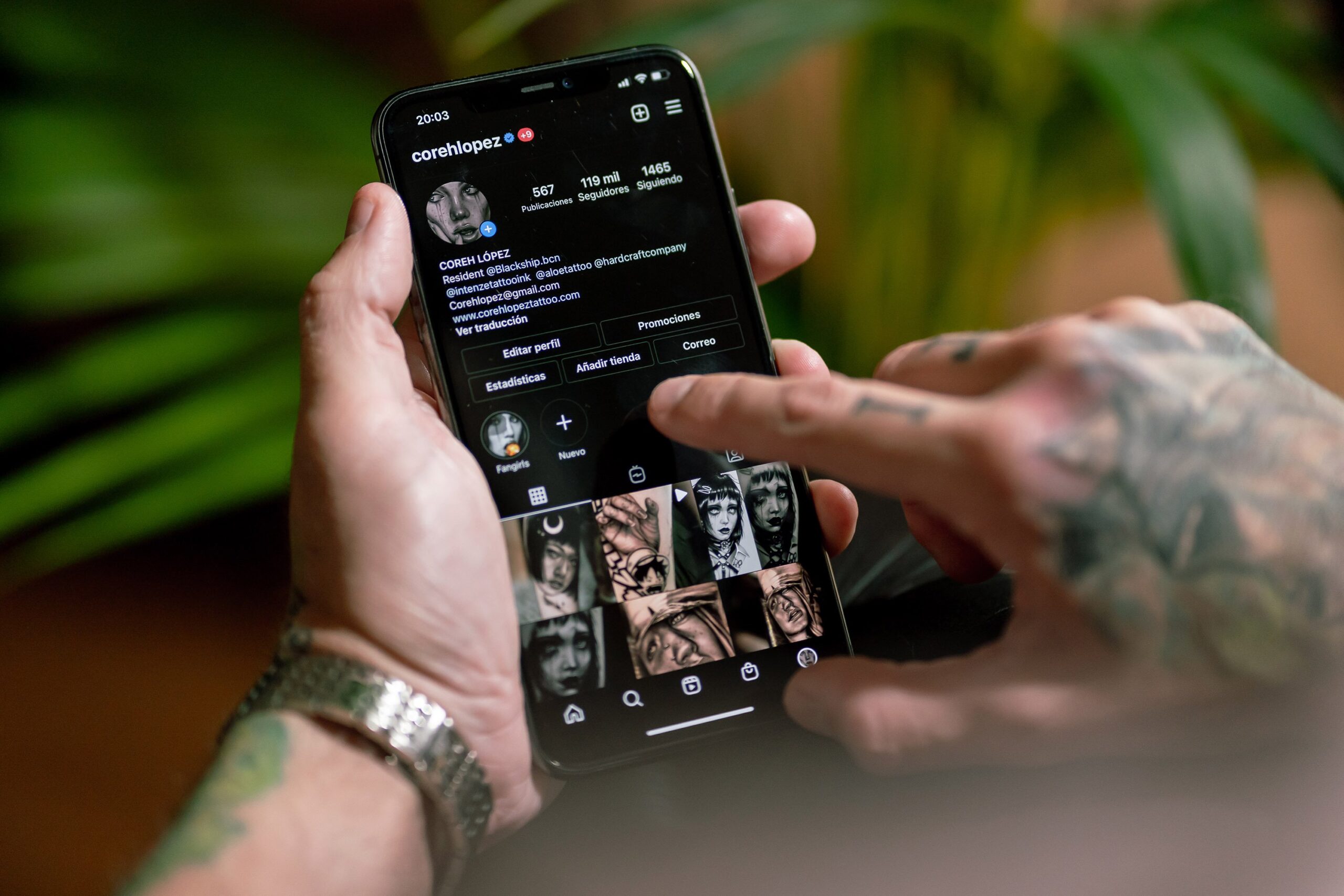Pricing tattoos appropriately balances attracting clients with earning sustainable income for your skills and business expenses. This guide explores Canadian market rates, pricing models, how to calculate your costs, and strategies for increasing rates as your expertise grows—helping you build a profitable tattoo career from day one.
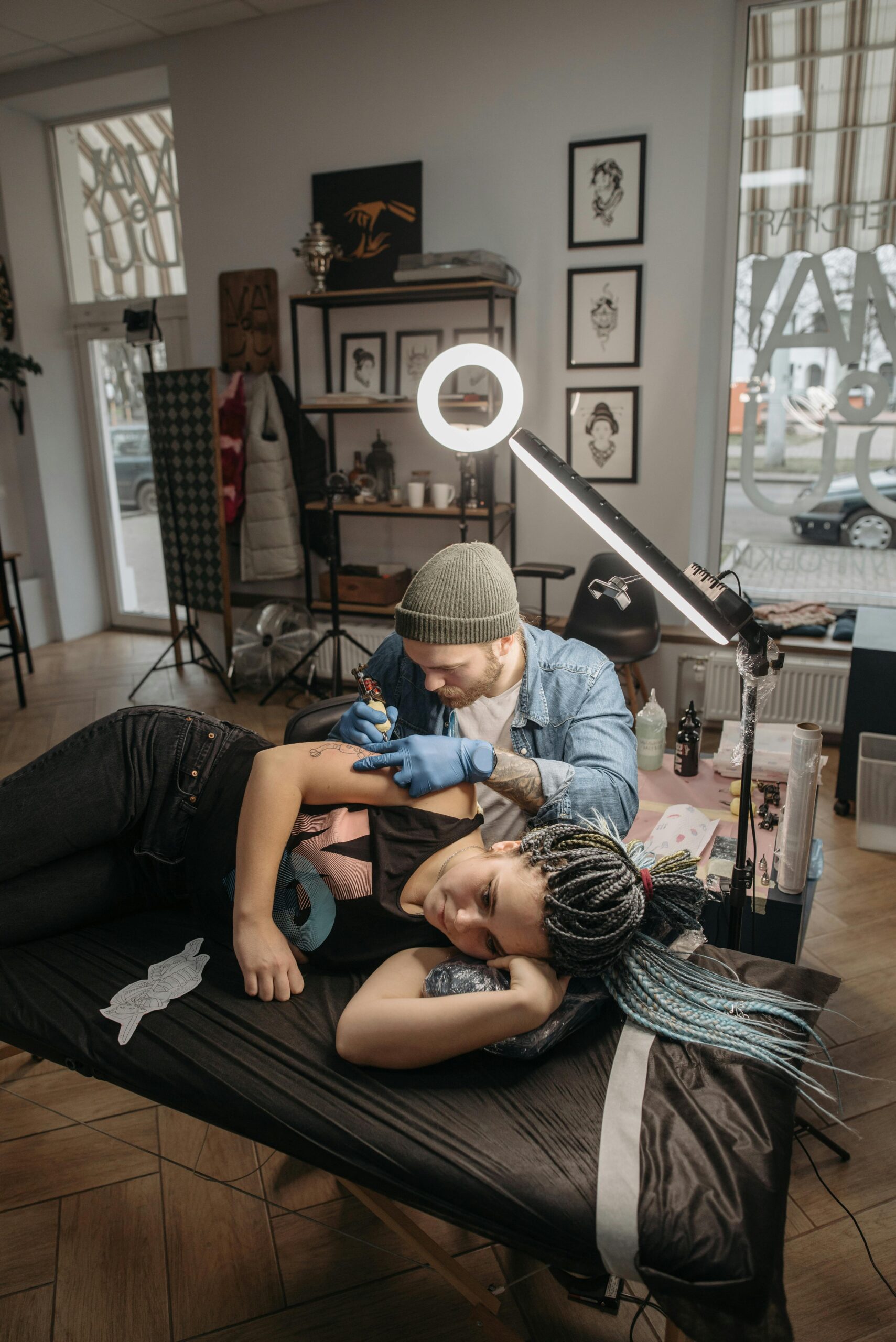
Understanding the Canadian Tattoo Market in 2025
The Canadian tattoo industry has evolved dramatically over the past decade, with pricing structures reflecting increased professionalism, improved techniques, and growing mainstream acceptance. Understanding current market rates across different Canadian cities and regions provides the foundation for competitive pricing that sustains your business.
Major metropolitan areas command premium rates compared to smaller markets, though this gap continues to narrow as online marketing allows talented artists in smaller cities to attract clients willing to travel. Toronto and Vancouver artists typically charge $150-250 per hour for experienced work, whilst Montreal, Calgary, and Ottawa rates range from $120-200 per hour. Smaller cities and towns generally see rates between $100-150 per hour, though exceptional artists command metropolitan pricing regardless of location.
According to IBISWorld’s tattoo industry analysis, the Canadian tattoo industry generates substantial revenue annually, with average artist earnings ranging from $45,000 for beginners to $100,000+ for established professionals. Understanding these benchmarks helps you set realistic income goals and price accordingly.
Statistics Canada data on personal service workers provides additional context about earnings across the broader personal services sector, helping you understand where tattoo artistry sits within the Canadian economy.
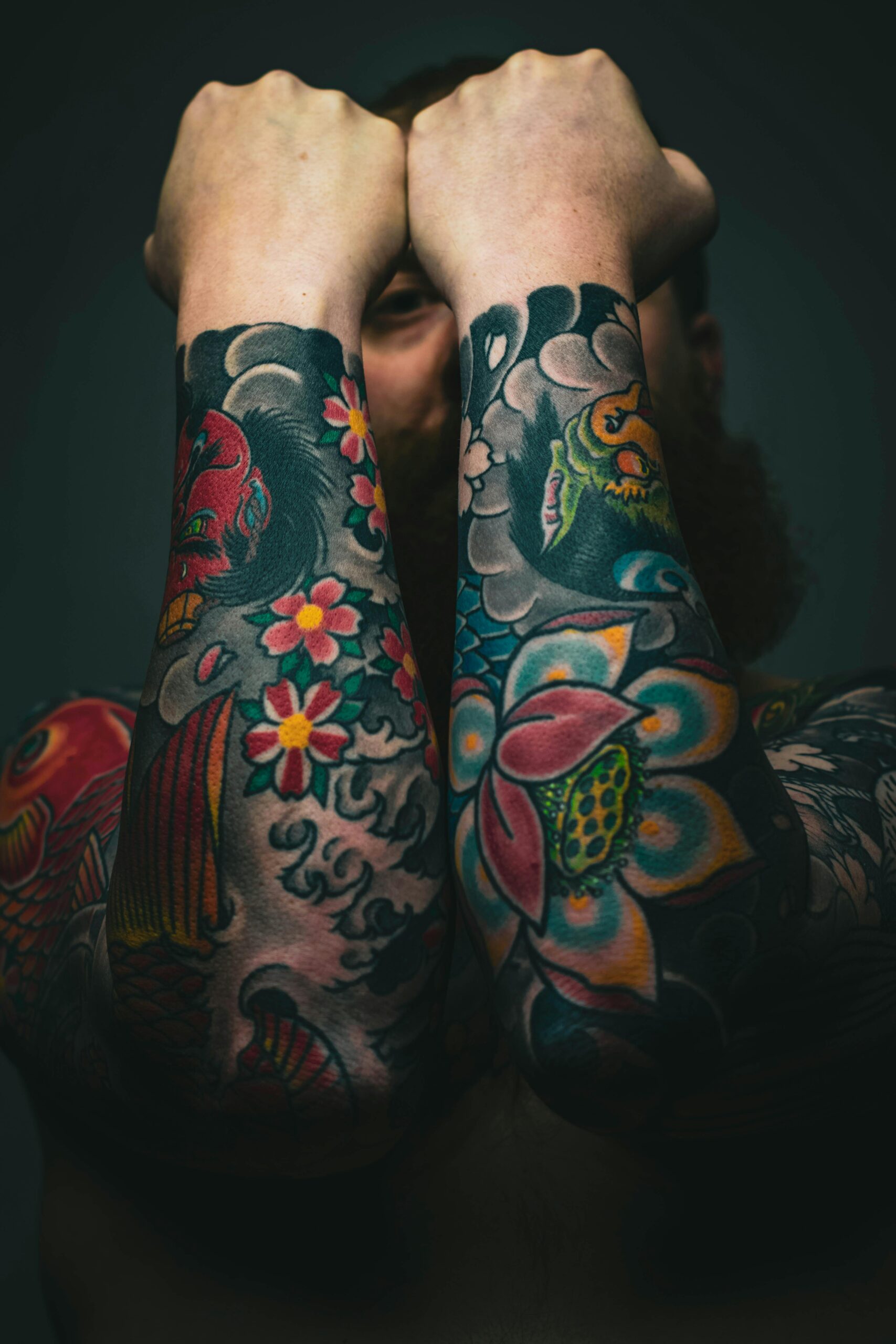
Specialty Work Commands Premium Pricing
Certain tattoo styles and specialisations support significantly higher pricing than general work. Fine line specialists often charge 20-40% above standard rates due to the precision and time required. Hyperrealistic portraits, complex geometric designs, and custom artwork command premium pricing reflecting the artistic skill involved.
Your specialised training in specific styles positions you to charge appropriately for expertise that general practitioners cannot match. Clients increasingly seek specialists rather than generalists, making focused skill development an economically smart strategy.
Calculating Your True Costs: The Foundation of Sustainable Pricing
Many new tattoo artists underprice their work because they fail to account for actual business costs beyond basic supplies. Sustainable pricing requires understanding every expense that supports your tattooing capability.
Direct costs per tattoo include needles, ink, gloves, paper towels, transfer paper, stencil solution, and cleaning supplies. These typically run $8-15 for small tattoos and $20-40 for larger pieces. However, indirect costs often exceed direct supply expenses and demand equal consideration in your pricing structure.
Studio overhead includes rent, utilities, insurance, licensing fees, equipment maintenance, marketing expenses, and administrative costs. If you’re renting a chair in an established studio, you’ll typically pay $200-400 weekly or 40-50% commission on your earnings—factor this into your hourly rate calculations.
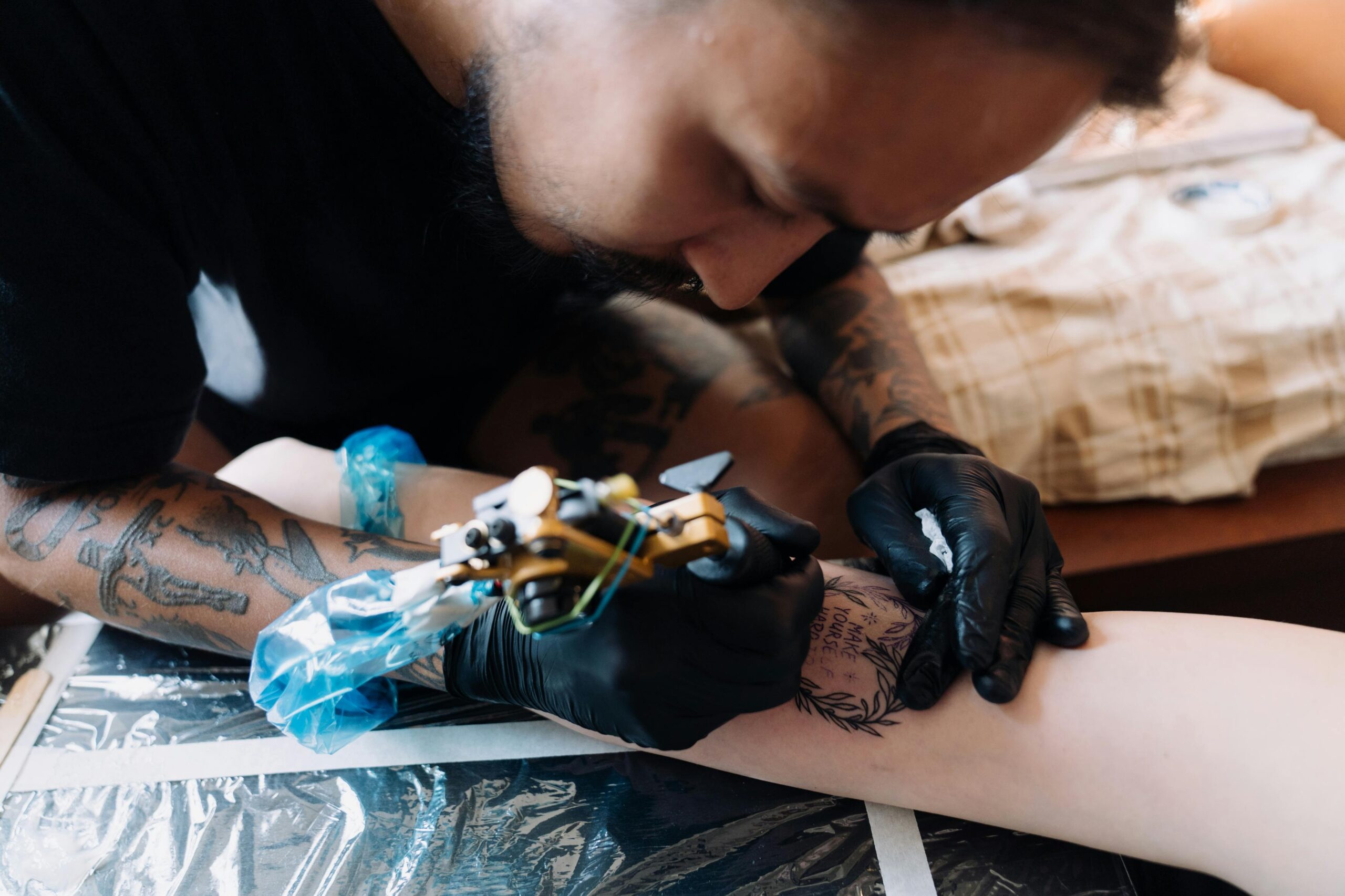
Equipment Depreciation and Replacement
Professional tattoo equipment represents significant investment that must be recovered through your pricing. A quality machine costs $200-800, power supplies run $150-400, and complete professional setups total $2,000-5,000. This equipment requires replacement or major maintenance every 2-5 years depending on usage intensity.
Calculate equipment depreciation by dividing total equipment costs by expected lifespan in tattoo hours. If your $3,000 setup lasts 3,000 tattoo hours, that’s $1 per hour in equipment costs. Add this to your direct supply costs when determining minimum viable pricing.
Your professional equipment training helps you invest wisely in tools that provide long-term value rather than frequently replaced cheap alternatives.
Pricing Models: Hourly Rate vs. Fixed Price
Professional tattoo artists use various pricing approaches depending on their experience level, working style, and target clientele. Understanding each model’s advantages and limitations helps you select the approach that suits your business goals.
Hourly Rate Pricing
Charging by the hour provides flexibility and protects you from underestimating complex work. This model suits detailed pieces where final hours remain uncertain, protective of your time regardless of design complexity. Most Canadian artists set hourly rates between $100-250 depending on experience and location.
New artists typically start at $80-120 per hour, increasing rates as their portfolio demonstrates consistent quality and their client demand grows. Experienced artists with 5+ years and strong portfolios command $180-250+ per hour. Specialists in technically demanding styles often exceed these ranges.
Calculate your minimum hourly rate using this formula: (Monthly expenses ÷ Billable hours per month) + Desired profit + Equipment depreciation. If your monthly costs total $4,000 and you average 80 billable hours monthly, your break-even rate is $50 per hour before profit considerations.
Fixed-Price Approach
Flat pricing for specific tattoo sizes or styles streamlines client communication and decision-making. Common fixed-price structures include: small tattoos (palm-sized) $100-200, medium pieces (hand-sized) $250-400, and large work (A4-sized) $500-800+. This approach requires accurately estimating time requirements to prevent undercharging.
Fixed pricing works well for common requests—small symbols, simple text, standard designs from your flash collection. Custom work and larger pieces generally require hourly billing to protect your time investment. Many artists combine approaches: fixed rates for simple work, hourly rates for custom and complex pieces.
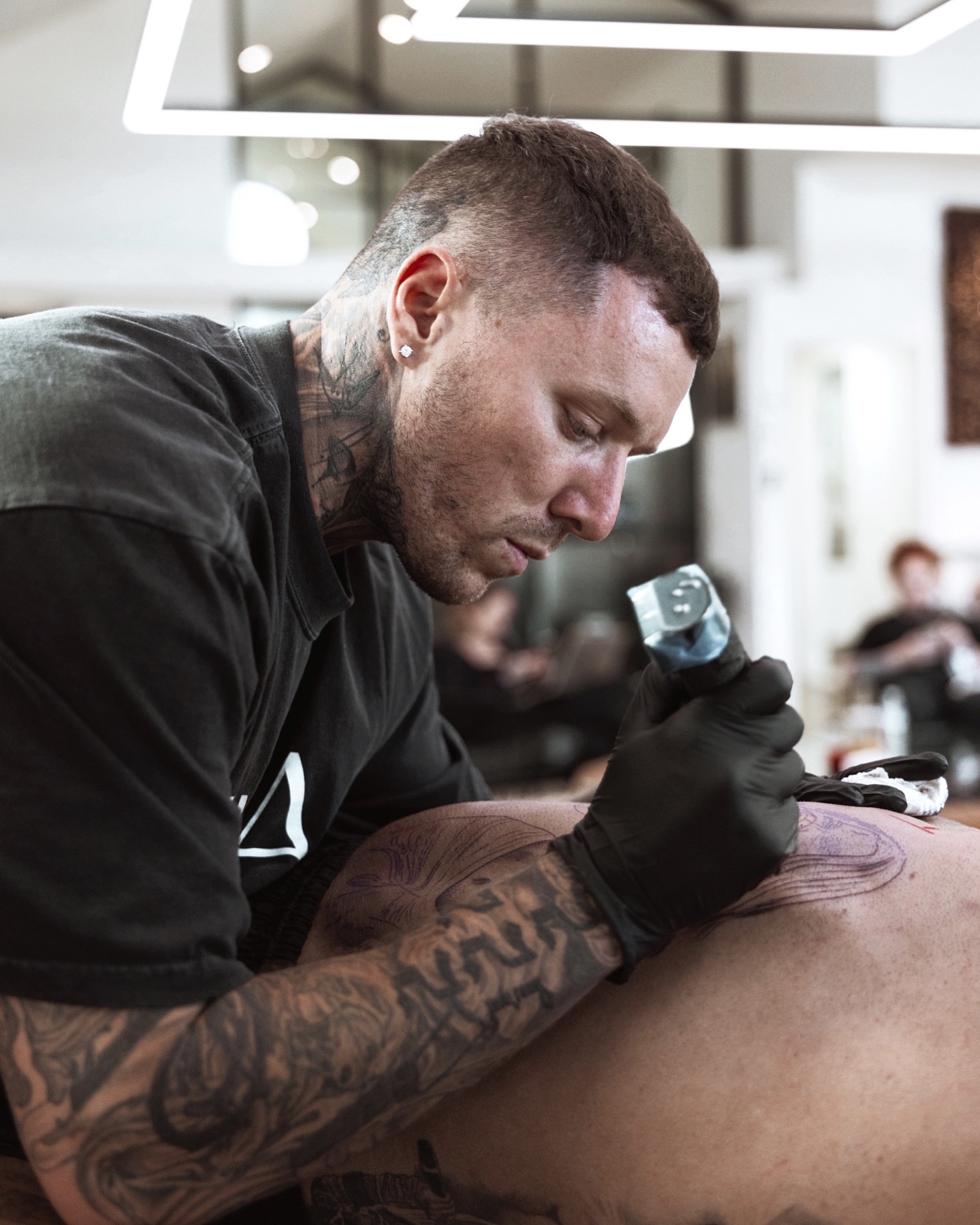
Setting Your Minimum Charge
Establishing a shop minimum prevents uneconomical small tattoos that consume disproportionate setup time, consultation, and administrative effort. Most Canadian artists set minimums between $80-150 regardless of design size or time required.
Your minimum should cover: equipment setup and breakdown time, consultation and design discussion, stencil preparation and application, actual tattooing time, and cleanup and sterilisation. Even a five-minute tattoo requires 30-45 minutes of professional processes that your minimum must compensate.
Consider that extremely small tattoos often take disproportionate time relative to size. A tiny delicate symbol might require only ten minutes of machine time but demands the same careful setup, precise stencil application, and detailed execution as larger work. Your minimum acknowledges this reality and ensures economic viability for small work.
Consultation and Design Time
Many artists undervalue their design and consultation time, effectively working for free during creative processes. Consider implementing design fees for complex custom work that require multiple revision rounds and significant drawing time. These fees (typically $50-150) either apply to the final tattoo cost if the client proceeds or compensate you if they don’t.
Some artists offer free basic consultations (15-20 minutes) but charge for extensive design sessions exceeding 30 minutes. This approach respects your creative time whilst remaining accessible to serious clients. Clear communication about design fees prevents misunderstandings and attracts clients who value professional service.
Deposit Policies and Payment Terms
Professional deposit policies protect your time and demonstrate business maturity to clients. Industry standard deposits range from $50-150 or 20-30% of estimated final cost, whichever is greater. Deposits secure appointment times and compensate you if clients cancel without adequate notice.
Clearly communicate deposit terms: deposits are non-refundable but apply to service costs; rescheduling requires 48-72 hours notice to avoid deposit forfeiture; deposits cover design time for custom work; final payment is due upon service completion.
Accept multiple payment methods to maximise accessibility: cash, debit, credit card, and potentially digital payment platforms. Some artists offer payment plans for expensive large pieces, though this requires careful contract terms and typically involves deposits of 30-50% before beginning work.
Managing Payment Plans
Payment plans help clients afford significant custom work whilst protecting your interests. Typical structures involve: 50% deposit to begin design and first session, remaining balance split across subsequent sessions, or final payment due before last session completion.
Document payment plans with clear written agreements specifying amounts, dates, and consequences of missed payments. According to Canadian consumer protection guidelines, written agreements protect both parties and prevent disputes that undermine business relationships.
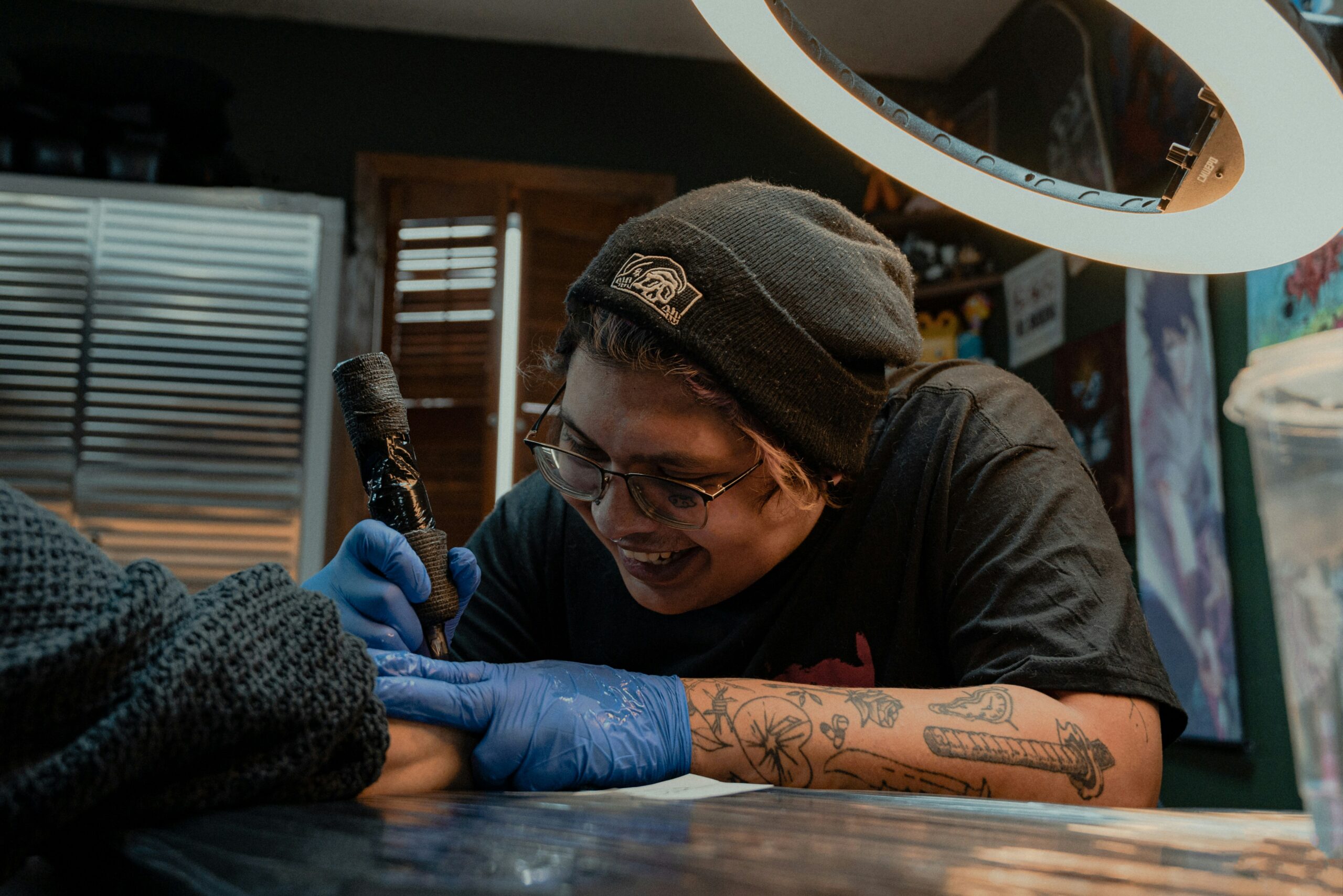
Value-Based Pricing: Charging for Outcomes, Not Just Time
As your skills develop and reputation grows, consider transitioning from pure time-based pricing toward value-based approaches that reflect the significance and quality of your work beyond hourly calculations.
Value-based pricing acknowledges that a five-hour photorealistic portrait from a master artist provides vastly different value than five hours of basic flash work. Clients pay for expertise, artistic vision, reputation, and the permanent artwork they’ll carry forever—not merely your time.
This approach requires confidence in your capabilities and strong portfolio demonstration of value provided. Experienced artists often charge $1,000-3,000+ for pieces that might only require 6-8 hours because the artistic outcome and their reputation justify premium pricing regardless of time invested.
Building Toward Premium Pricing
Your path from beginner to premium-rate artist involves systematic skill development, portfolio building, and strategic marketing. Starting at competitive entry-level rates allows you to build experience and portfolio whilst establishing client relationships and reviews.
Plan rate increases as you reach specific milestones: 100 completed tattoos, fully booked schedule 2+ weeks in advance, consistent social media growth, recognition from industry peers, or mastery of advanced techniques. Increase rates by 10-20% annually as your skills and demand grow.
Your professional training foundation accelerates progression toward premium pricing by ensuring technical competence from your earliest client work.
Regional Pricing Strategies: Smaller Cities vs. Major Markets
Geographic location significantly impacts viable pricing, though skillful marketing can transcend pure location-based limitations. Understanding regional dynamics helps you price competitively whilst building toward your income goals.
Toronto and Vancouver artists benefit from larger client pools, higher average incomes, and greater willingness to pay premium rates for quality work. However, intense competition and higher overhead costs offset these advantages. Artists in smaller cities face smaller client pools and generally lower rates but enjoy reduced competition and significantly lower business costs.
Smart artists in smaller markets leverage social media to attract clients from larger cities willing to travel for their specific style or specialty. This hybrid approach allows competitive pricing that reflects quality rather than purely geographic location.
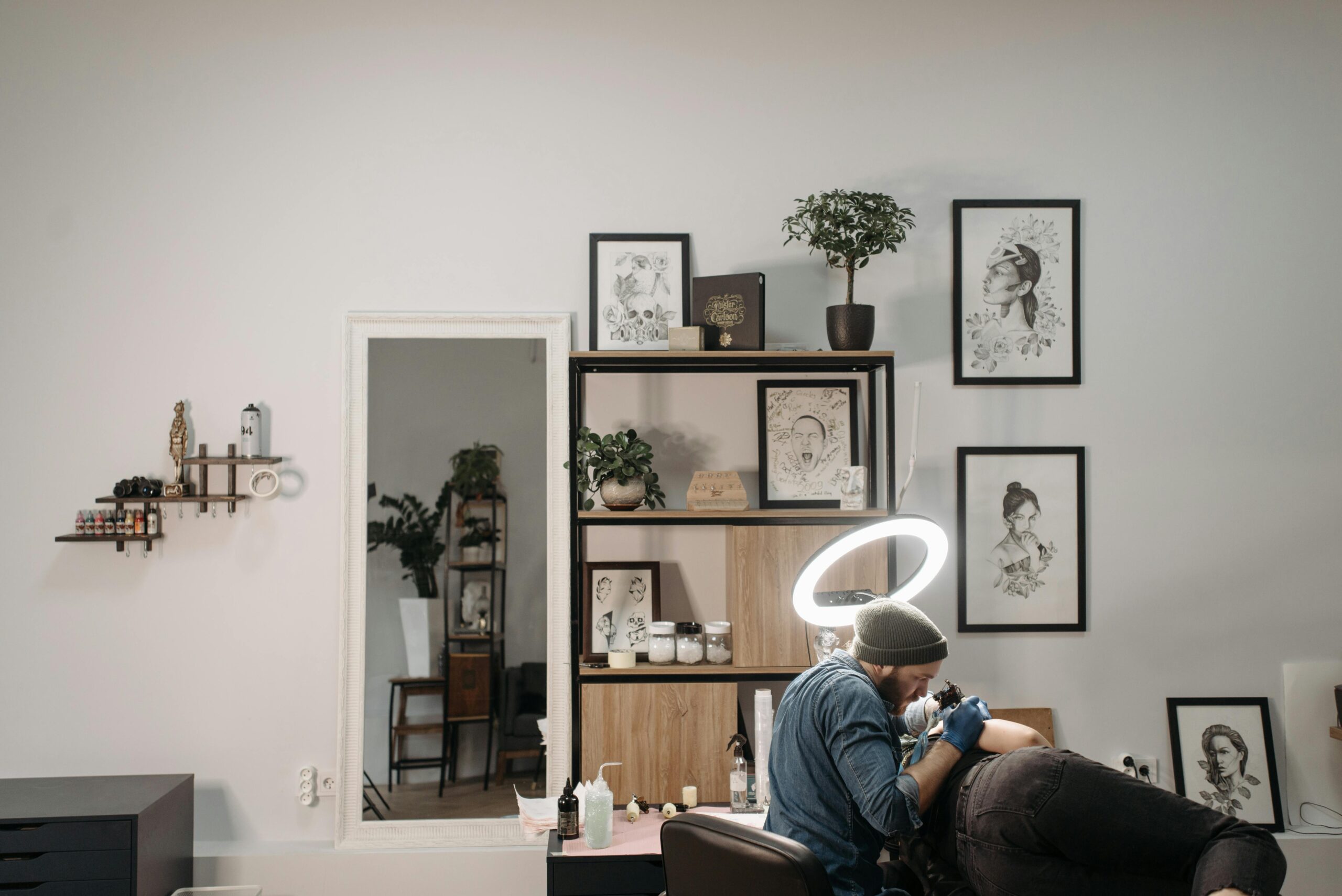
The Smaller Market Advantage
Artists in cities like Victoria, Halifax, Winnipeg, or Saskatoon increasingly compete effectively against Toronto and Vancouver counterparts by showcasing exceptional work online, developing strong specialisations, and creating experiences that justify client travel. Some specialists maintain big-city pricing whilst enjoying smaller-market overhead costs—an economically optimal scenario.
Consider that many clients prefer travelling to established artists in quieter settings rather than navigating busy metropolitan studios. Position your location as an advantage: personalised attention, relaxed atmosphere, easier parking, and escape from urban stress.
Raising Your Rates: When and How
Timing rate increases appropriately maintains client relationships whilst ensuring your income keeps pace with your developing skills and increasing business costs. Clear communication prevents misunderstandings and demonstrates professionalism.
Raise rates when: your appointment book fills 3+ weeks in advance consistently, you can’t accommodate all interested clients, your skills demonstrably exceed your current pricing tier, or your costs increase significantly. Avoid raising rates during slow periods or before demonstrating consistent quality improvements that justify increases.
Communicate increases professionally: provide existing clients with advance notice (4-8 weeks), honour old rates for already-scheduled appointments, and explain increases matter-of-factly without apology. Your established clients typically accept reasonable increases from artists they trust and value.
Grandfather Pricing Strategies
Some artists maintain lower rates for long-term loyal clients whilst charging new clients current rates. This rewards loyalty and maintains relationships whilst allowing rate increases for new clientele. However, this approach can create administrative complexity and potential resentment if not managed carefully.
Most professionals implement clean rate increases across all clients after appropriate notice period, emphasising that quality improvements and increased demand justify new pricing. This approach maintains simplicity and demonstrates confidence in your value.
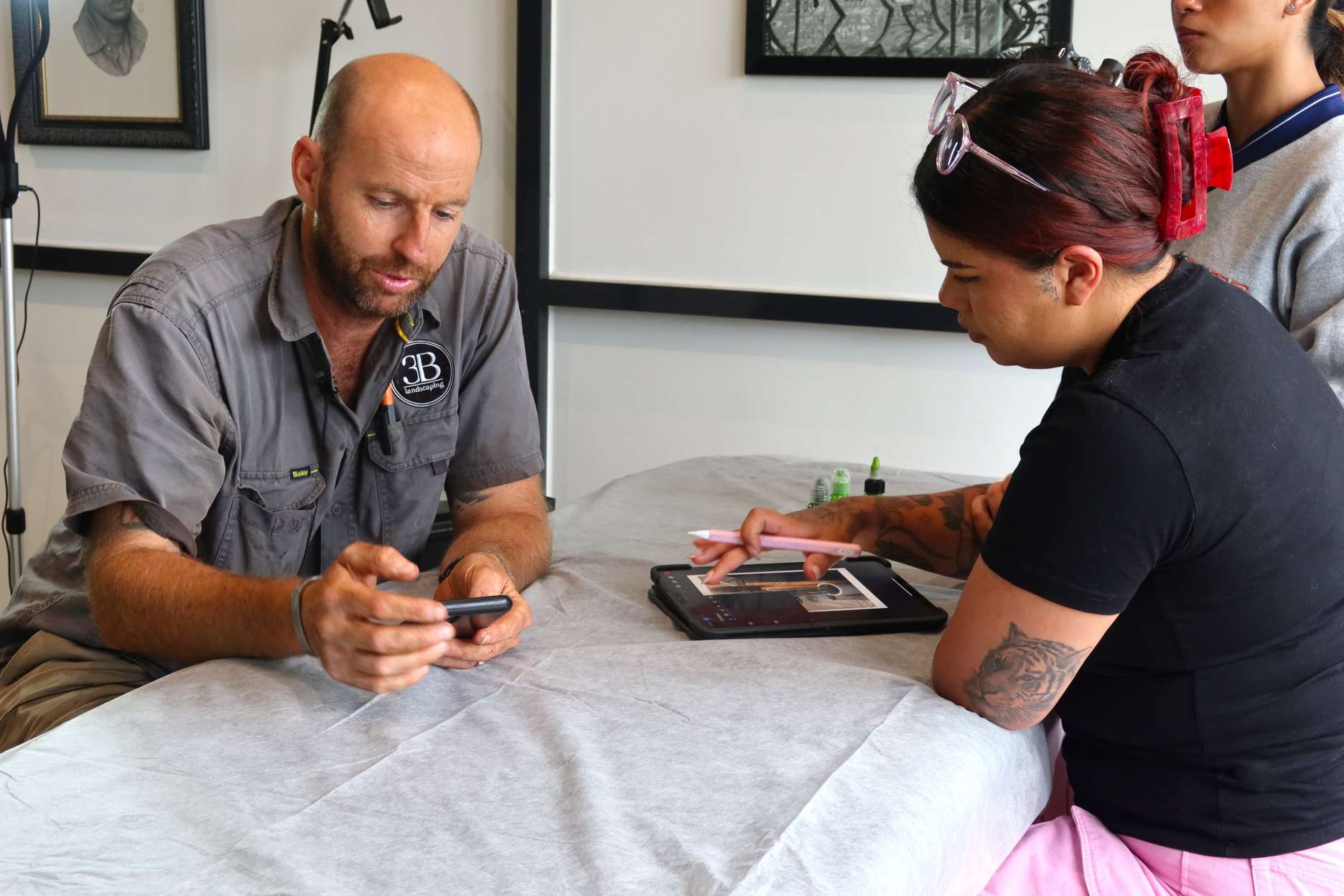
Building a Profitable Tattoo Business Through Smart Pricing
Pricing appropriately from day one establishes patterns that support long-term business viability. Underpricing creates unsustainable workloads, attracts price-focused rather than quality-focused clients, and makes future increases difficult.
Calculate realistic income goals: if you aim for $75,000 annual income, work 48 weeks yearly, and average 20 billable hours weekly, you need approximately $78 per hour before expenses. Adding $30-50 hourly for business costs suggests minimum rates around $110-130 per hour—helping you set realistic entry pricing.
The Business Development Bank of Canada offers additional resources on pricing strategies and financial planning for small service businesses, providing frameworks that apply directly to tattoo practices.
Your business development journey requires balancing competitive pricing with sustainable business models that support your career long-term.
Canadian Tax Considerations
Canadian tattoo artists must navigate specific tax obligations that affect pricing and profitability. Understanding these requirements prevents financial surprises.
GST/HST Registration
Once your annual revenue exceeds $30,000, you must register for and collect GST/HST (depending on your province). Factor these taxes into your pricing structure—if you charge $150 per hour and must collect 5-15% tax, ensure clients understand whether your quoted prices include or exclude tax.
Many artists include tax in quoted prices to avoid sticker shock, though this requires careful calculation ensuring adequate margin after tax remittance to Canada Revenue Agency.
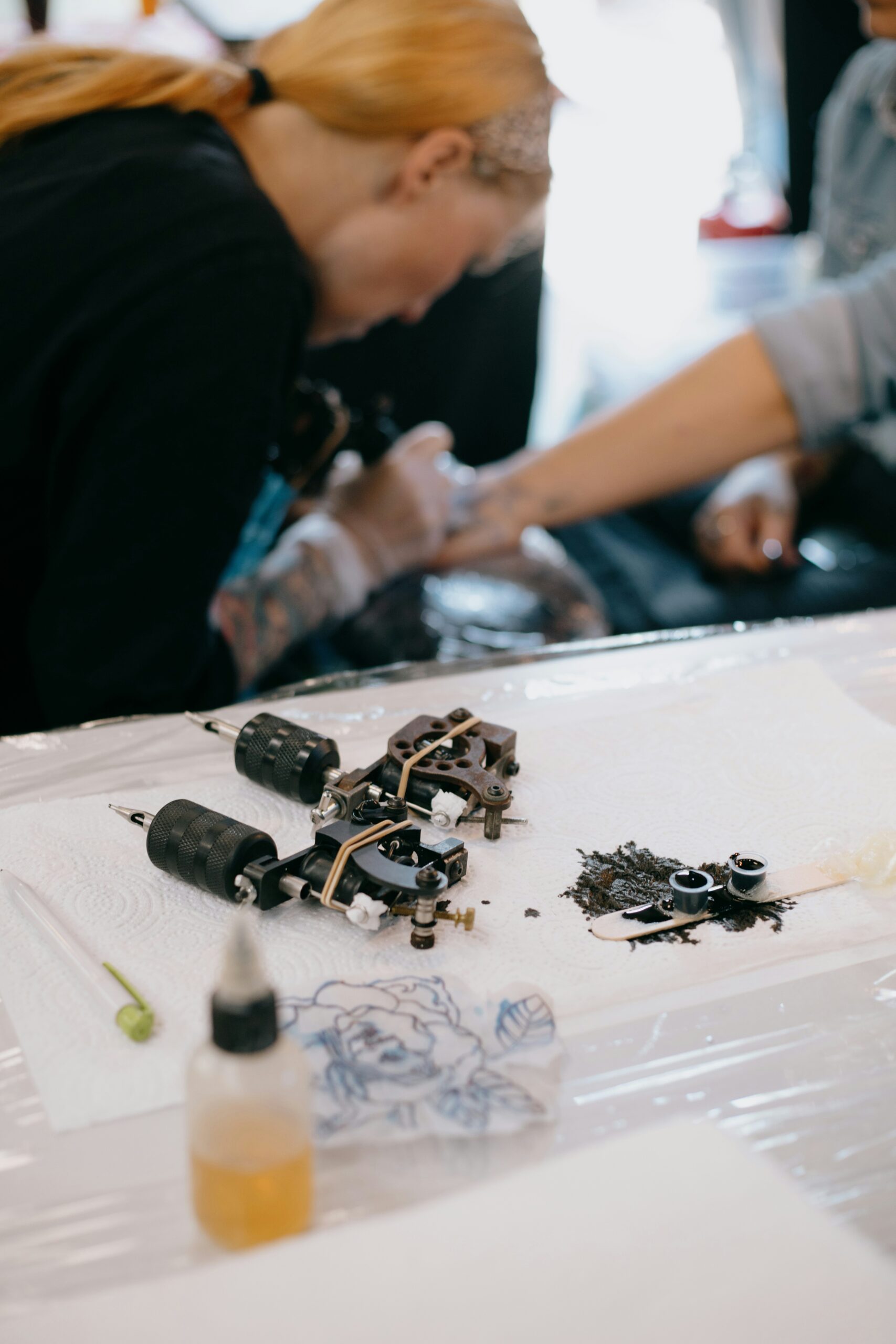
Income Tax and Business Deductions
As self-employed tattoo artists, you’re responsible for income tax on profits. Track all legitimate business expenses for deduction: equipment, supplies, workspace costs, vehicle usage, continuing education, professional memberships, and marketing expenses.
Engage qualified accountants familiar with small business taxation, ensuring compliance whilst optimising deductions. Annual accounting costs ($1,000-2,500) typically save multiples through proper tax planning and deduction identification.
According to Canada Revenue Agency guidelines for self-employed individuals, proper record-keeping and expense tracking significantly reduce tax burden whilst ensuring compliance.
The Canadian Federation of Independent Business also provides valuable resources for small business owners navigating tax obligations and business structure decisions.
Professional Training Includes Business Strategy
Technical tattooing skills mean little without business knowledge that converts talent into sustainable income. Professional tattoo education should include pricing strategies, client management, and business operations alongside artistic and technical training.
At Omnia Tattoo Academy, our comprehensive online tattoo courses include business development modules covering pricing strategies, client communication, deposit policies, and building profitable practices. You’ll learn how to calculate viable rates, position your services effectively, and increase pricing as your skills develop—ensuring business success alongside artistic growth.
Our experienced tutors provide personalised guidance on pricing decisions specific to your location, target market, and career goals. With six-day weekly support and self-paced learning, you’ll develop business confidence that matches your technical capabilities.
Price Your Services Professionally from Day One
Ready to build a profitable tattoo career with sustainable pricing from your first client? Our comprehensive tattoo courses provide the technical skills, business knowledge, and professional guidance necessary to succeed in this competitive industry.
Join Canadian artists who’ve built successful practices through Omnia’s proven training methodology. With flexible payment plans starting at $30 per week, professional equipment included, and comprehensive business and technical training, you’ll establish the foundations for long-term career success.
Explore our online tattoo course options today and start building the profitable tattoo business you deserve.
The Learning Online Group, parent company of Omnia Tattoo Academy has supported over 15,000 students globally since 2019, providing job-ready skills as a modern alternative to class based education. Explore our specialized brands: Canadian Photography School, Canadian Beauty School, My Learning Online among others. With dedicated 1:1 Tutoring, Flexible Payment Plans and 24/7 Learning Access, Learning Online Group continues to lead the way in Vocational Education in Canada.
